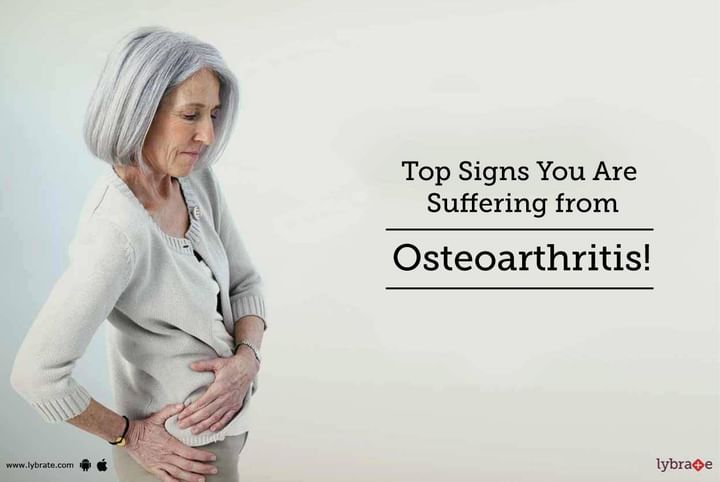Top Signs You Are Suffering from Osteoarthritis!
Osteoarthritis is the most common form of arthritis and can affect any joint of the body. Typically, the joints of the hands, knees, hips and spine are worst affected. This degenerative condition occurs when the cartilage cushioning the bones of a joint wear out. This causes the bones to grind against each other when moving the joint. The effects of Osteoarthritis cannot be reversed, but with medication and lifestyle changes, it can be managed and the progression of the disease can be slowed down. In cases where the joint pain causes immobility, joint replacement surgery may also be considered. One of the key factors that affects how well this pain is managed is the early diagnosis of the disorder. Here are a few symptoms that you should look out for.
- Pain: Unexplained pain that is not triggered by any kind of injury can be a sign of osteoarthritis. This pain usually worsens with movement. You may also feel a grating sensation when an affected joint is moved.
- Joint stiffness: Movement after a long period of inactivity or on waking up in the morning can be stiff and you may not be able to move a joint through the full range of possible motions. The joints may also feel tender when pressure is applied on them.
- Bone spurs: Bone spurs are extra bone growths which feel like hard lumps. This is generally formed around the affected joints.
Some people are at a higher risk of suffering from this disorder than others. The risk factors that determine this include:
- Age: This disease usually affects elderly people and hence advancement in age increases the risk of this disease.
- Sex: Women are at a higher risk of suffering from osteoarthritis than men.
- Obesity: Weight gain not only affects the way you look but also puts extra pressure on your joints, especially the hips and knees. In addition, proteins produced by fatty tissues can also cause inflammation around the joint.
- Joint injuries and bone deformities: Though an injury may have occurred and healed many years ago, it can increase a person’s risk of osteoarthritis in their later years. People born with defective cartilage or malformed bones are also at a higher risk of suffering from this condition.
- Occupation: Jobs or tasks that put stress on a particular joint can increase the risk of damage to the cartilage in that joint. Performing these tasks repeatedly can eventually lead to osteoarthritis.



+1.svg)
